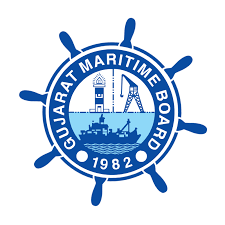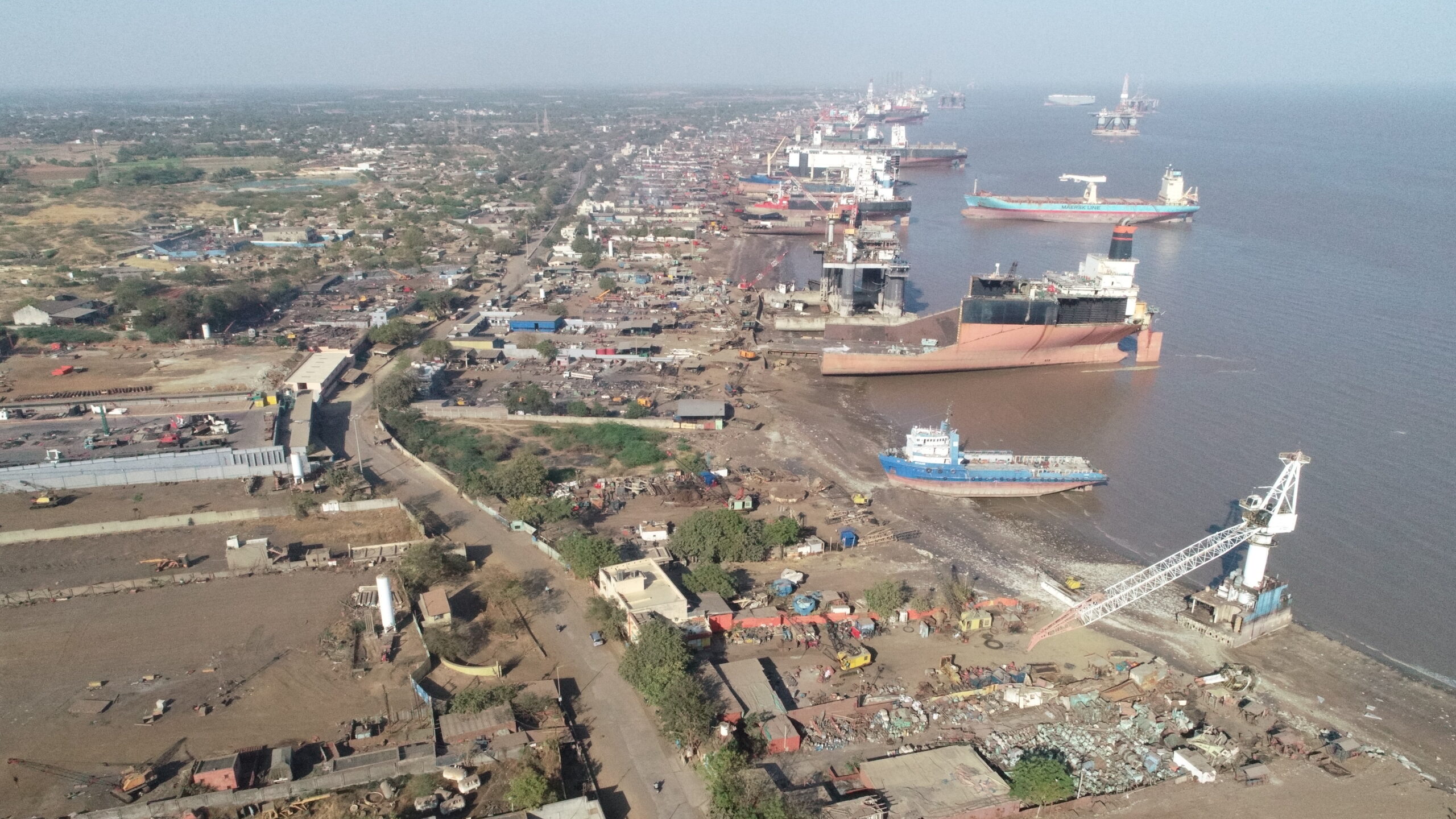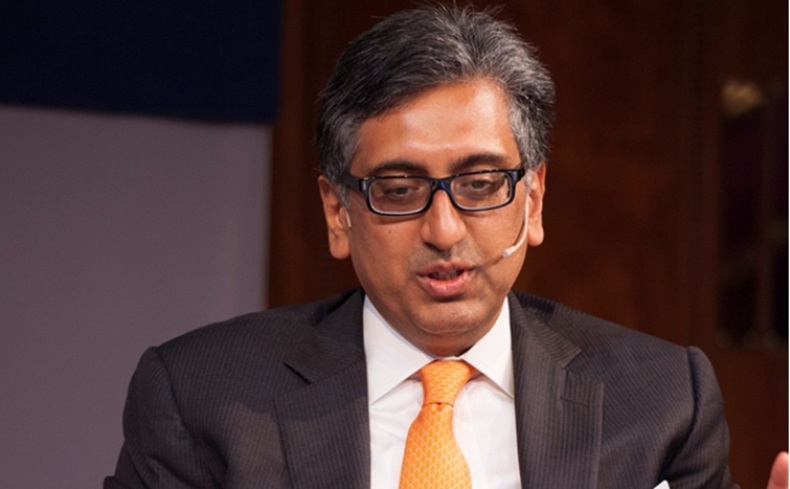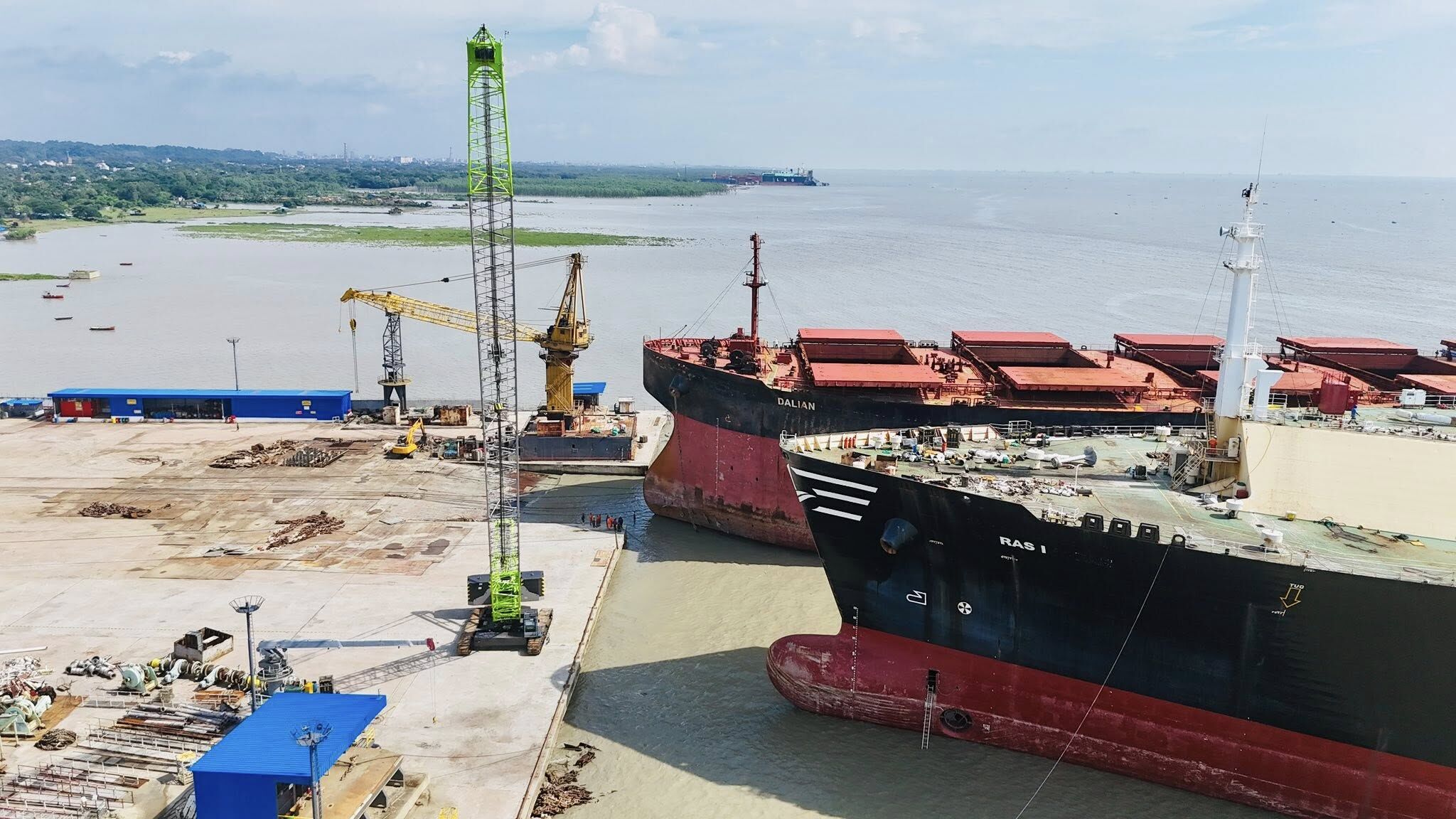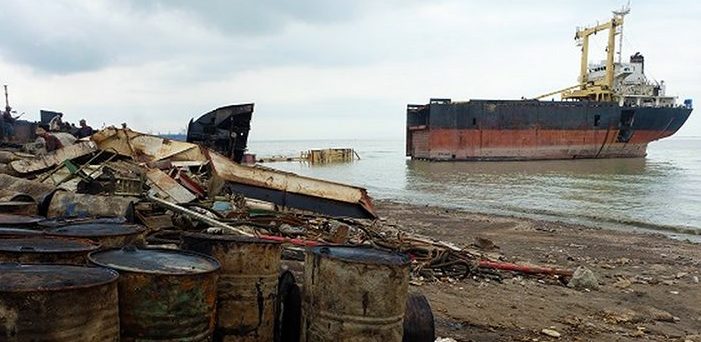Cargo Volume at Major Indian Ports Sees 5.03% Rise in September Amid Maritime Sector Reforms
In a significant boost for India’s maritime sector, cargo volume handled by 12 major ports rose by 5.03% in September 2024, reaching a substantial 413.747 million metric tonnes (MMT), the Ministry of Ports, Shipping, and Waterways announced on Thursday. This increase reflects the growing efficiency and output of the nation’s crucial maritime hubs, further cementing their importance in driving India’s economic growth.

The steady increase in cargo handling can be attributed to a series of infrastructure improvements, government policies, and a strong focus on enhancing the performance of major ports across the country. India’s vast network of ports is vital for trade and commerce, as they handle around 95% of the country’s international trade by volume. The rise in cargo volume for September is particularly notable, as it comes at a time when the global economy continues to recover from the impacts of the COVID-19 pandemic and other geopolitical challenges, underlining the resilience of India’s maritime sector.
20th Maritime States Development Council (MSDC) Meeting: Driving Reforms
The Ministry’s announcement coincides with a major event that took place in September—the 20th Maritime States Development Council (MSDC) meeting. During this high-level gathering, critical issues affecting India’s maritime industry were discussed, with a strong focus on boosting competition, improving performance, and fostering innovation.
Among the key discussions at the MSDC meeting was the implementation of a State Ranking Framework and a Port Ranking System. These initiatives are designed to introduce a structured approach to evaluate and compare the performance of different ports and maritime states. The aim is to drive healthy competition among the states, encouraging them to adopt best practices and streamline operations to improve their rankings. By fostering competition, the government hopes to spur efficiency, reduce logistical bottlenecks, and ultimately strengthen the maritime sector.
The MSDC meeting also witnessed deliberation on over 100 issues from various states, many of which were successfully resolved. These discussions covered a wide range of operational challenges, regulatory hurdles, and infrastructure needs. The resolution of such a significant number of issues in a single meeting demonstrates the government’s commitment to addressing state-level concerns in real-time and enhancing cooperation between the center and state governments.
New and Emerging Challenges: Focus on Safety and Security
In addition to resolving ongoing issues, the Ministry also addressed several new and emerging challenges during the MSDC meeting. One critical topic was the establishment of Places of Refuge (PoR) for ships in distress. This initiative aims to designate specific areas along India’s coastline where ships facing emergencies—such as mechanical failures, storms, or other hazards—can safely seek refuge. Establishing PoR is vital for ensuring the safety of ships, cargo, and crew, as well as for preventing environmental damage in the event of a maritime accident.
Another important issue discussed was the development of Radioactive Detection Equipment (RDE) infrastructure at Indian ports. As global concerns around security continue to rise, particularly related to terrorism and the illegal transport of hazardous materials, strengthening port security has become a top priority. The deployment of RDE infrastructure is intended to detect and prevent the movement of radioactive substances through India’s ports, enhancing national security and aligning with global standards for maritime safety.
Inland Waterways: Growing Cargo Movement on National Waterways
The Ministry also highlighted the progress being made in the transportation of cargo via India’s National Waterways. For the period from April to August 2024, a total of 56.57 MMT of cargo was transported through these waterways, representing a 4.54% growth compared to the same period in the previous year. This increase signals the growing importance of inland waterways as an alternative and efficient mode of cargo transportation, complementing the traditional overland routes and reducing the pressure on road and rail infrastructure.
One of the standout achievements in this area has been the significant use of the Indo-Bangladesh Protocol route. A total of 3,39,768.74 metric tonnes of cargo was moved along this route using Inland Water Transit & Trade Routes and National Waterways-1. This development underscores the success of cross-border maritime agreements between India and Bangladesh, which have opened up new avenues for trade and commerce between the two nations. Utilizing these waterways not only shortens the distance for transporting goods but also reduces costs, fuel consumption, and environmental impact, making it an increasingly attractive option for businesses.
Looking Ahead: Strengthening India’s Maritime Future
The steady rise in cargo volume at India’s major ports, coupled with the ongoing reforms and enhancements in the maritime sector, signals a bright future for the industry. The government’s focus on implementing ranking systems, improving safety measures, and expanding inland waterways reflects a comprehensive strategy aimed at modernizing India’s maritime infrastructure and ensuring its continued relevance in global trade.
As India’s economy grows and its trade relations expand, the importance of an efficient and robust maritime sector cannot be overstated. By addressing both immediate concerns and long-term challenges, the Ministry of Ports, Shipping, and Waterways is laying the foundation for sustained growth, positioning India’s ports and waterways to handle increasing volumes of cargo and continue serving as the backbone of the nation’s trade ecosystem.
With further investments in technology, infrastructure, and policy reforms, India is well on its way to becoming a global maritime hub, driving growth not only domestically but also across the wider region.
Author: shipping inbox
shipping and maritime related web portal




